
Atul Gawande is a general surgeon at Brigham and Women’s Hospital in Boston, and is an amazingly compelling writer about health care issues. He has written a series of articles in the New Yorker, blending stories of individual patients and their care providers with a larger scientific and health policy context. Some of the most relevant of these articles for Accountable Care Organizations (ACOs) include:
December, 2007: “The Checklist: If something so simple can transform intensive care, what else can it do?.” In this article, Gawande explains the work of Peter Pronovost, MD, a critical care specialists at Johns Hopkins who used simple checklists and an associated process to empower nurses and create a quality culture in hospital ICUs to dramatically reduce complications from central lines and ventilators, first at his own hospital, then throughout Michigan in the Michigan Health and Hospital Association’s Keystone Project (with funding from Blue Cross Blue Shield of Michigan). The article laments about the resistance to national implementation of the checklist approach (a resistance that has at least partially been overcome in the three years since this article was published). Pronovost argues that the science of health care delivery should be emphasized and funded as much as the science of disease biology and therapeutics.

August, 2010: “Letting Go: What should medicine do when it can’t save your life?.” In this article, Gawande describes the cultural and psychological barriers that make it difficult for patients, family members, and doctors to prepare for good end-of-life decision-making. He reports the success of hospice programs, end-of-life telephonic care management programs, and programs to encourage advanced directives.
January, 2011: The Hot Spotters: Can we lower medical costs by giving the neediest patients better care?.” In this article, Gawande enthusiastically describes the work of Jeffrey Brenner, MD and his “Camden Coalition” in Camden, NJ, and Rushika Fernandopulle in Atlantic City to develop intensive patient-centered care for high risk patients, and the analytics of Verisk Health focused on predictive modeling for high risk patients. The article includes some encouraging pre-post study results from these programs, but acknowledges the risk that results could be biased due to the “regression to the mean” effect — when a cohort of patients specifically selected based on recent high health care utilization is expected to have lower utilization in subsequent time period without any intervention. The article also points out the resistance to change in health care, evidenced by Brenner’s inability to get state legislative approval to bring his program to Medicaid patients.
Additional biographical information about Gawande, as well as a complete list of his articles in the New Yorker, are available here.

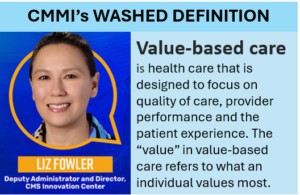
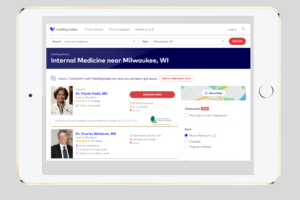

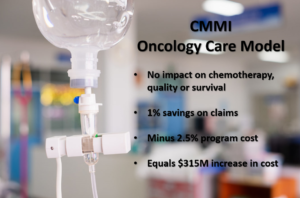

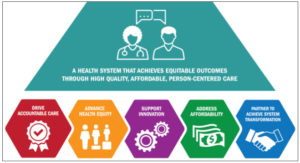



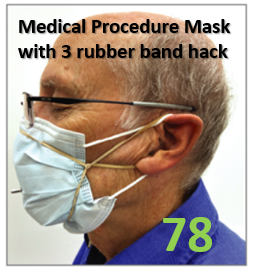
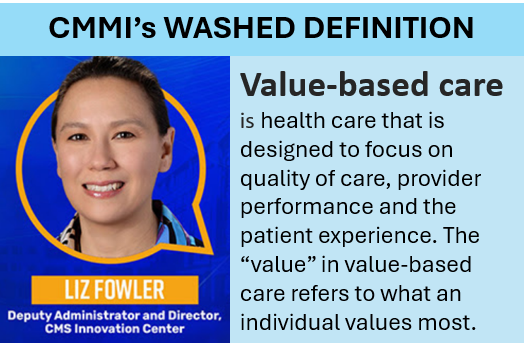
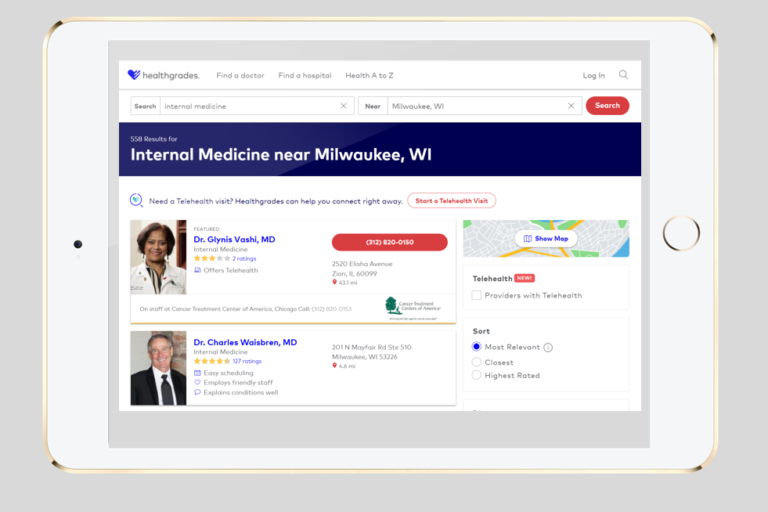

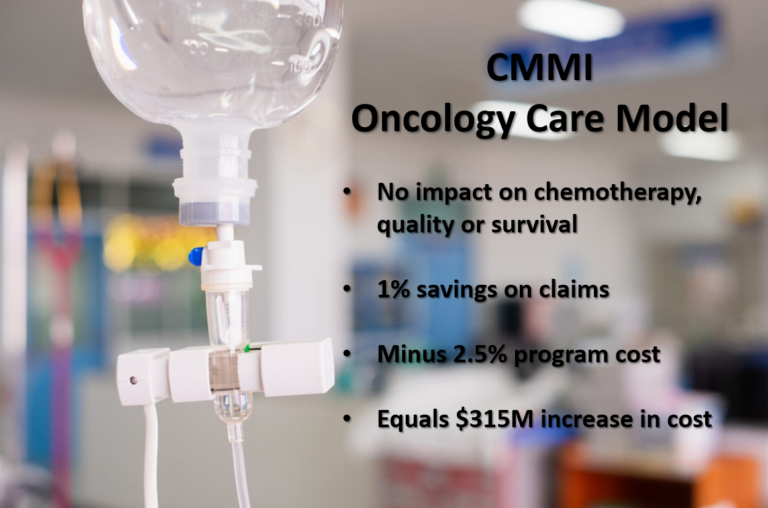

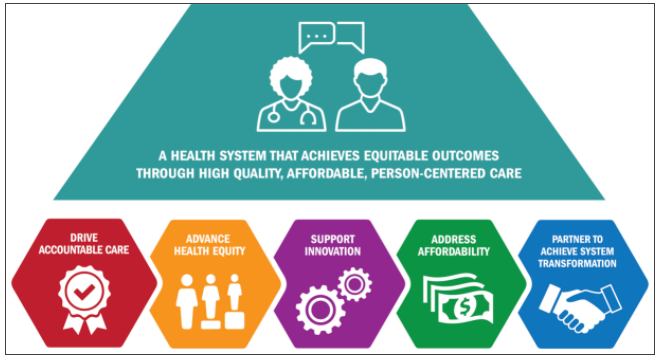
1 thought on “Atul Gawande’s articles in the New Yorker most relevant to ACOs”
Original investigations on Kaiser Permanente fraud, waste, abuse, and mismanagement are posted on YouTube at http://www.youtube.com/watch?v=v0h7tUymj2Y and http://www.hmohardball.com. Dr. Gawande promotes Kaiser’s scams.
Robert D. Finney, Ph.D.